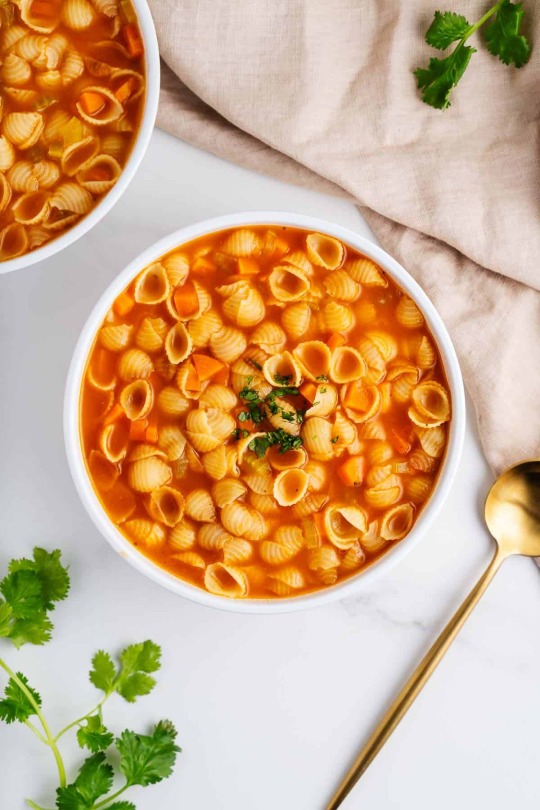Don't wanna be here? Send us removal request.
Text
I'll be the First to say it,
No one actually likes Pears. The Fruit.

I swear i have not met a single person who eats these. They are the most NPC Fruit to EVER exist.
If you had the choice to pick between eating An Apple, or a Pear, I know for sure NOBODY EVER WANTS A PEAR!
Not to be a Pear HATER, but pears are just apples with down syndrome. They taste worse, are less juicy, and most important of all,
If someone is asked to Name 5 Fruits, i know that STUPID PEARS wont be on their mind.
Thank you for listening to my rant about STUPID FLAVORLESS PEARS!!!!!!
0 notes
Text
have you ever tried soup?

Ancient Beginnings:
The history of soup can be traced back to ancient times. Archaeological evidence suggests that soups were already prepared as early as 20,000 BC, making it one of the earliest prepared foods. In these early civilizations, cooking pots were likely used to simmer a mixture of water, vegetables, and meat, creating the first versions of what we now know as soup.
Ancient civilizations such as the Egyptians, Greeks, and Romans also embraced soup as a culinary staple. The Greeks are known to have prepared a variety of soups, including broths made from lentils, beans, and barley. Romans, with their culinary expertise, experimented with various ingredients and cooking techniques, often adding spices and herbs to enhance the flavors of their soups.
Soup in the Middle Ages:
During the Middle Ages, soup gained even more popularity across Europe. It was considered an affordable and easily prepared meal for the common people. Large cauldrons of soup were often cooked in communal settings, such as monasteries and public kitchens, to feed the poor and hungry.
With trade routes expanding during the medieval period, spices from the East began to make their way to Europe. Spices like pepper, saffron, and ginger found their way into soups, adding new dimensions of flavor and creating a market for exotic ingredients.
Soup and the Age of Exploration:
The Age of Exploration in the 15th and 16th centuries brought about significant changes in the culinary world. Explorers like Christopher Columbus and Vasco da Gama brought back various food items from their voyages, including potatoes, tomatoes, and chili peppers. These newfound ingredients revolutionized the way soups were prepared and contributed to the creation of iconic dishes like gazpacho and chowder.
Soup in Asia:
As soup evolved in the West, it also played a crucial role in the culinary traditions of Asian countries. In China, the history of soup dates back thousands of years. Traditional Chinese medicine has always emphasized the healing properties of certain soups, using them to treat ailments and maintain good health.
The Japanese embraced the simplicity and elegance of clear soups like miso and dashi, highlighting the importance of using high-quality, seasonal ingredients. Similarly, in Thailand, the renowned Tom Yum soup became an integral part of Thai cuisine, known for its perfect balance of spicy, sour, sweet, and salty flavors.
Soup in the New World:
The discovery of the New World and the Columbian Exchange brought about a significant shift in soup recipes. Indigenous ingredients from the Americas, such as corn, squash, and beans, were integrated into European cooking, influencing the development of regional soups like corn chowder and gumbo.
Soup as a Symbol of Culture and Social Class:
Throughout history, soup has been associated with different cultural and social meanings. In medieval France, the consumption of soup was considered a sign of civility and refinement. During the Renaissance, elaborate soup presentations became a form of culinary art, showcasing the skills of chefs and their ability to create visually stunning dishes.
In Asian cultures, certain soups are deeply rooted in traditions and are served on specific occasions. For example, the Chinese serve longevity noodles in soup during birthdays to wish for a long and healthy life.
Soup in Modern Times:
With the advent of industrialization and mass production, canned and instant soups became widely available in the 19th and 20th centuries. These convenient options transformed soup into a quick and easy meal for people on the go.
Additionally, soups also became a favorite canvas for chefs to showcase their creativity. The emergence of nouvelle cuisine in the 20th century led to innovative and artistic interpretations of soups, using avant-garde techniques to push culinary boundaries.
1 note
·
View note
Text
hello tumbler
i have cum to schow you all the wonders of soup

please eat soup or i will be bery sad
19 notes
·
View notes